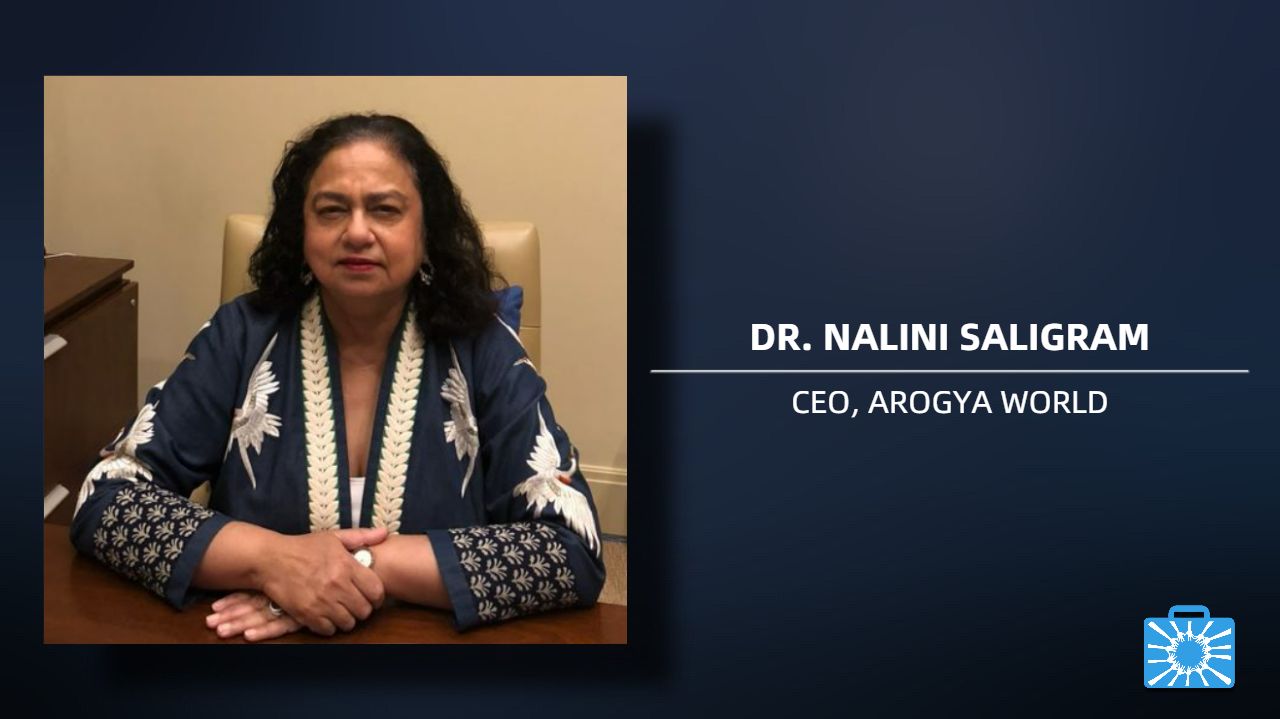Dr. Nalini Saligram , Founder and CEO of Arogya World Talks about Improvement of Healthcare in India
Related Articles
CSR News: Life-Saving Blood and Food Donation Drives Organised Across Hyderabad and Vizag
Standing in solidarity with the nation during challenging times, Phenom India, through its CSR arms, Phenom Cares and the Bayireddi Foundation, spearheaded large-scale Blood...
CSR News: Support Extended to Human Touch Foundation’s Cervical Cancer Awareness & Vaccination Camp
As part of its commitment to community well-being, Group 108 extended its support to a Cervical Cancer Awareness and Vaccination Camp organized by the...
CSR News: Life-Saving Blood Donation Drive Organised in Panoli
Demonstrating its continued commitment to community health, Hikal Ltd., a trusted partner to global life sciences companies, organized a blood donation drive at its...

